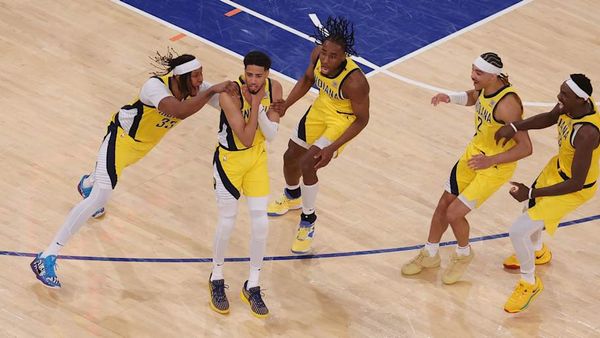
Fewer Australians are playing sport or doing exercise, according to new figures from the Australian Bureau of Statistics.
The overall participation rate in sport and physical recreation dropped from 65% to 60% between 2011-12 and 2013-14.
The sport and exercise statistics are based on a survey of 15,988 people by the Bureau, who answered questions about their recent participation in a range of activities.
Gary Niedorfer from the ABS said the bureau had looked at specific factors that might have caused the overall drop, but it appeared to be consistent across all age groups and states.
“We can’t say, for example, that people have stopped playing soccer, there’s just a general drop across all ages and sexes and we couldn’t isolate it at all,” he said.
“So our interpretation is that there has been a general decrease in participation rates across the population.”
The director of the Centre for Sport and Recreation Research at Curtin University, Marian Tye, said it was difficult to identify the cause of the trend but there were many potential factors including less access to sports facilities, affordability and changing exercise habits.
“One [possible factor] is the definition of what people consider sport or physical activity,” she said.
“Our experience here in Western Australia is that people are putting a walk in during the day, or riding their bike to work, and they wouldn’t actually call that sport or physical activity in a sporting sense.”
The ABS statistics show people in poorer households have lower rates of participation in sport and physical recreation.
Tye said that in her own research, affordability and accessibility were key factors in some areas.
“In the outer suburbs planning guidelines have inadvertently, in the way sub-divisions have happened, ended up with a lot of small spaces but not spaces large enough to accommodate formal sports,” she said.
“And that’s often where the lower socio-economic demographics reside, so it’s a combined issue where people don’t have access, and the other thing is the affordability of traditional sports.”
Another contributing factor was the availability of competitive sports programs in schools.
“When you look at, say, the UK stats, young people have 77% participation rate in competitive sport, and they will have done it at school.
“And that just doesn’t happen as much here, those programs are just not there in school any more. There are some that do it well, but the time is not allocated at others.”







